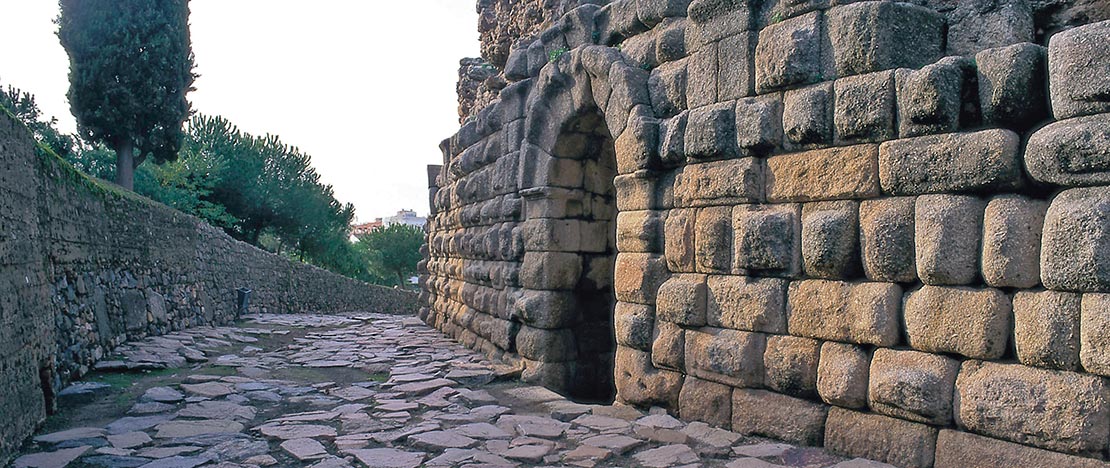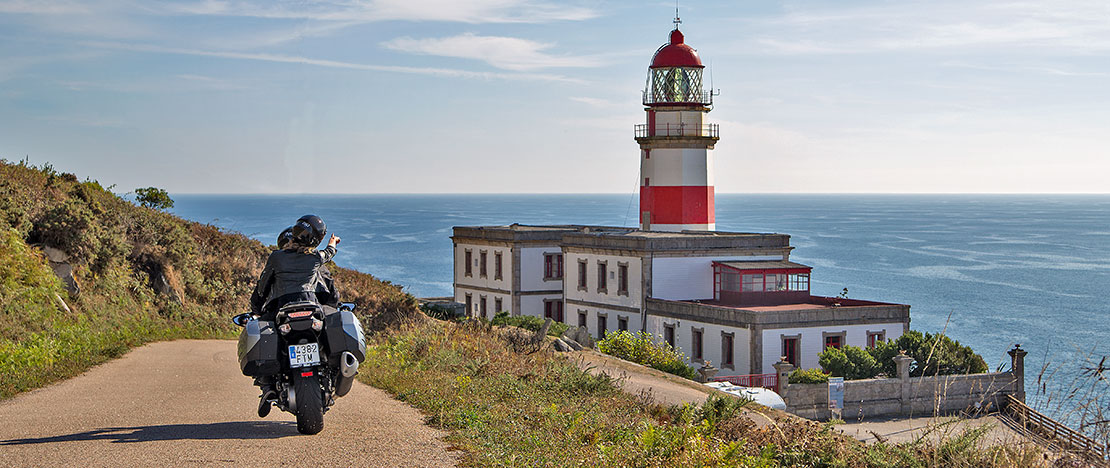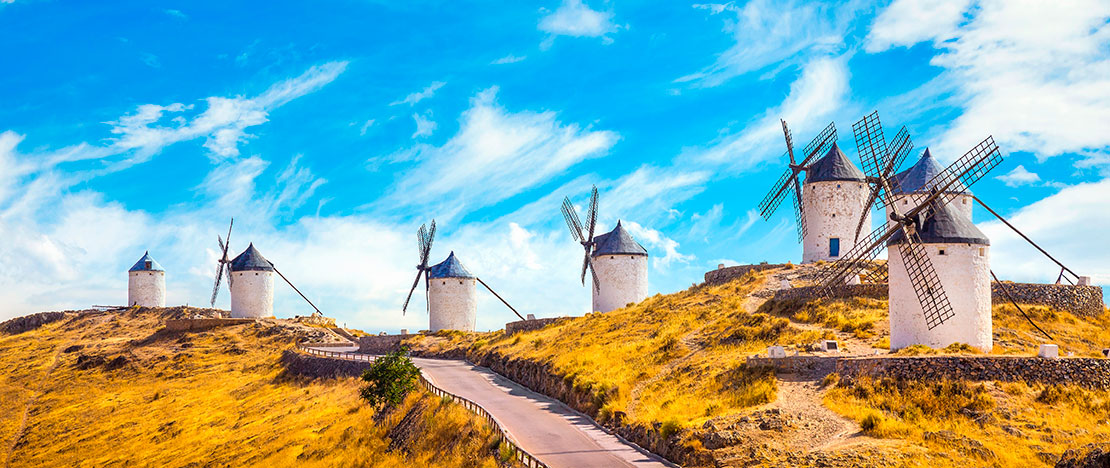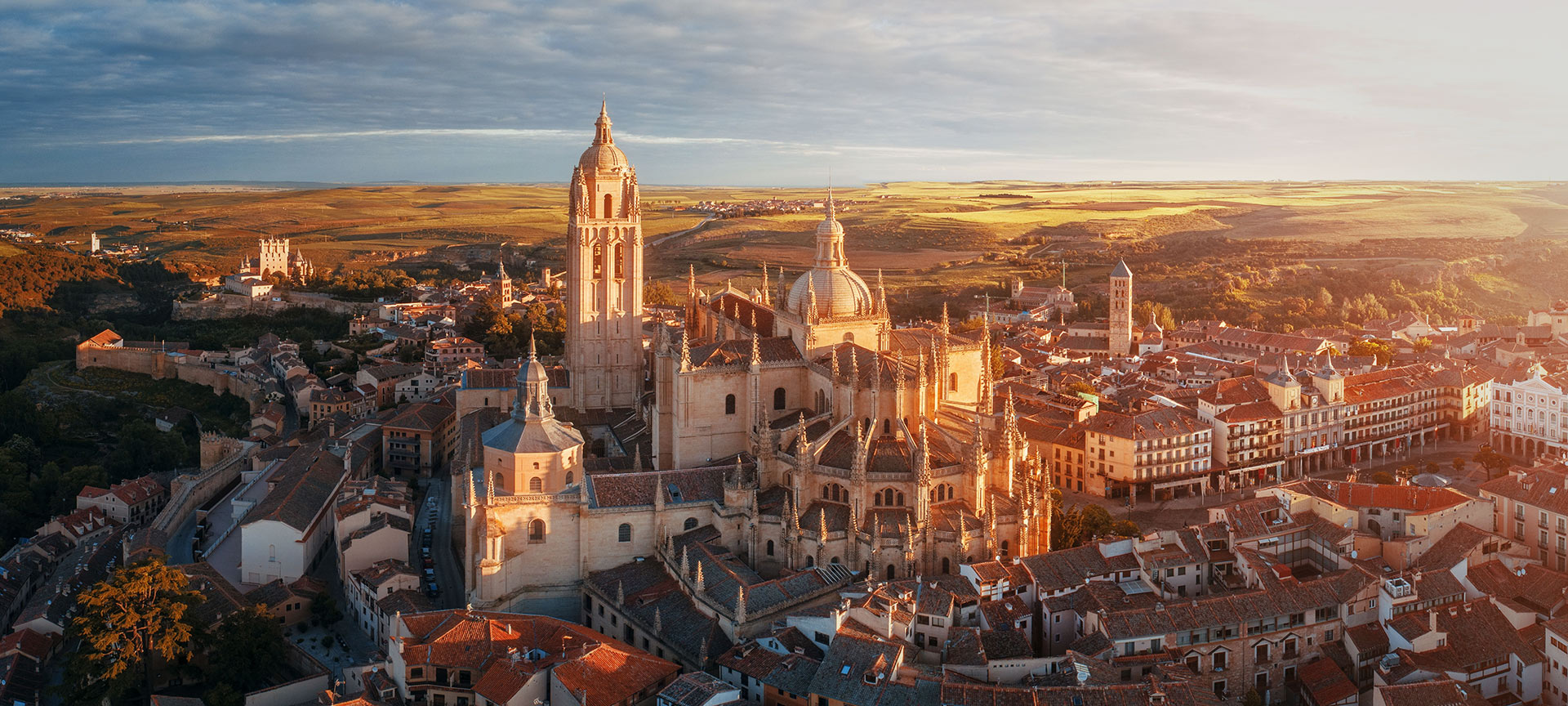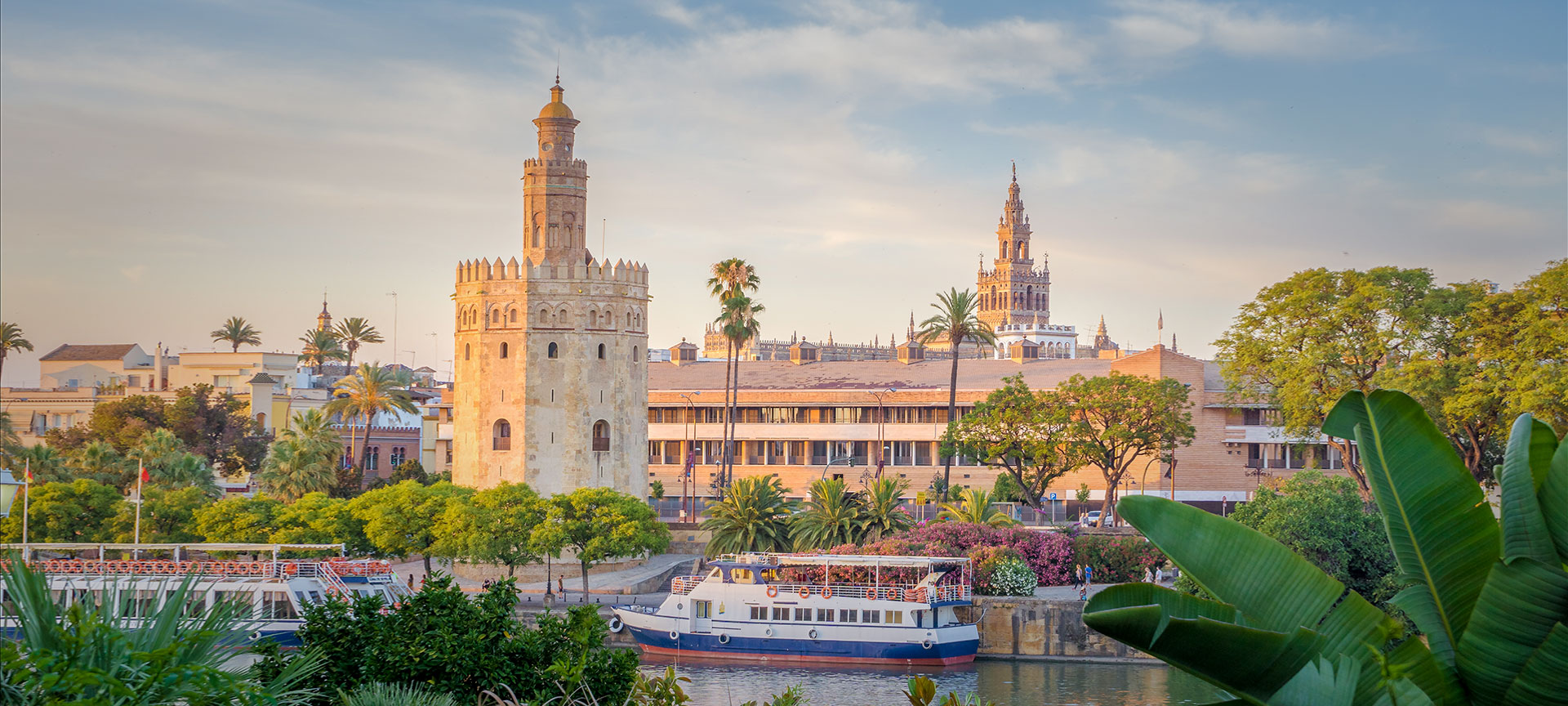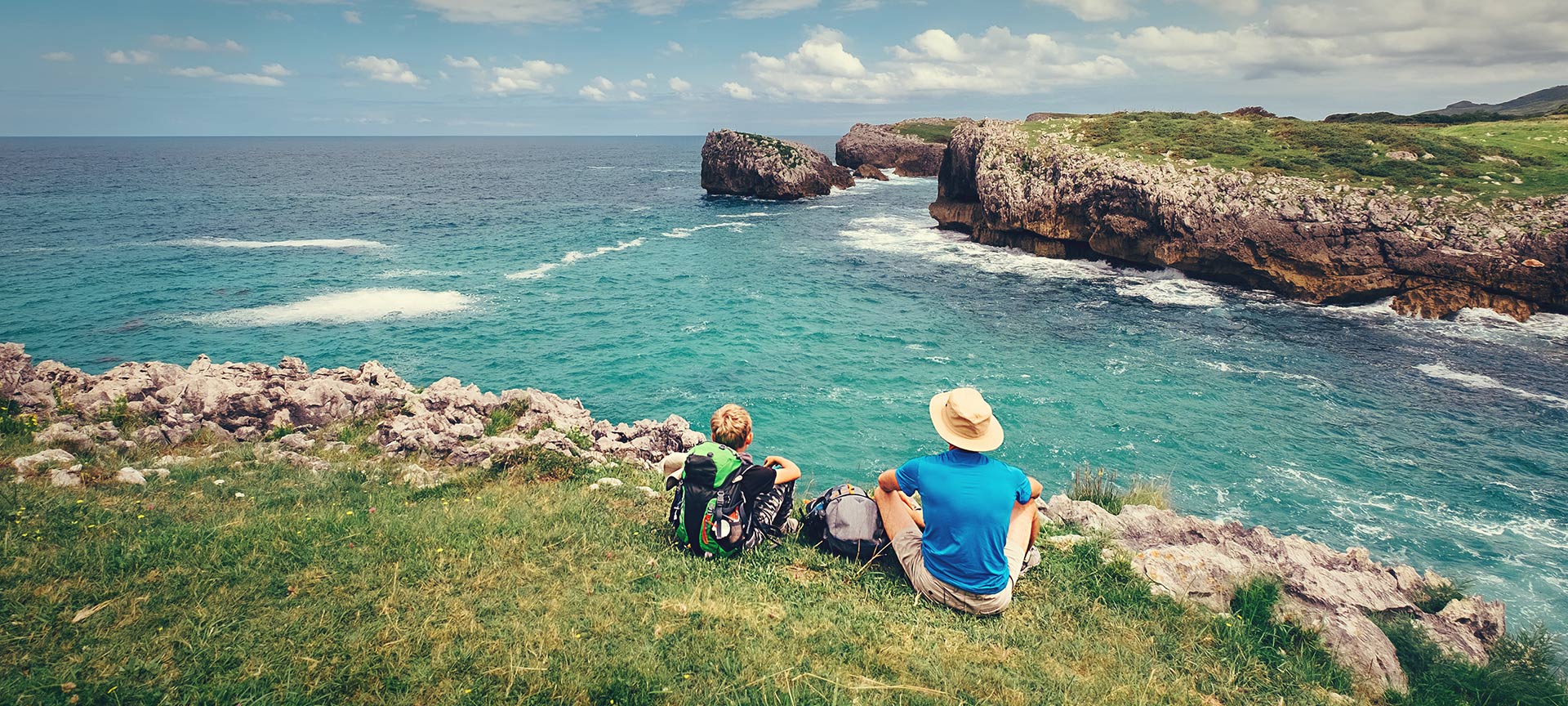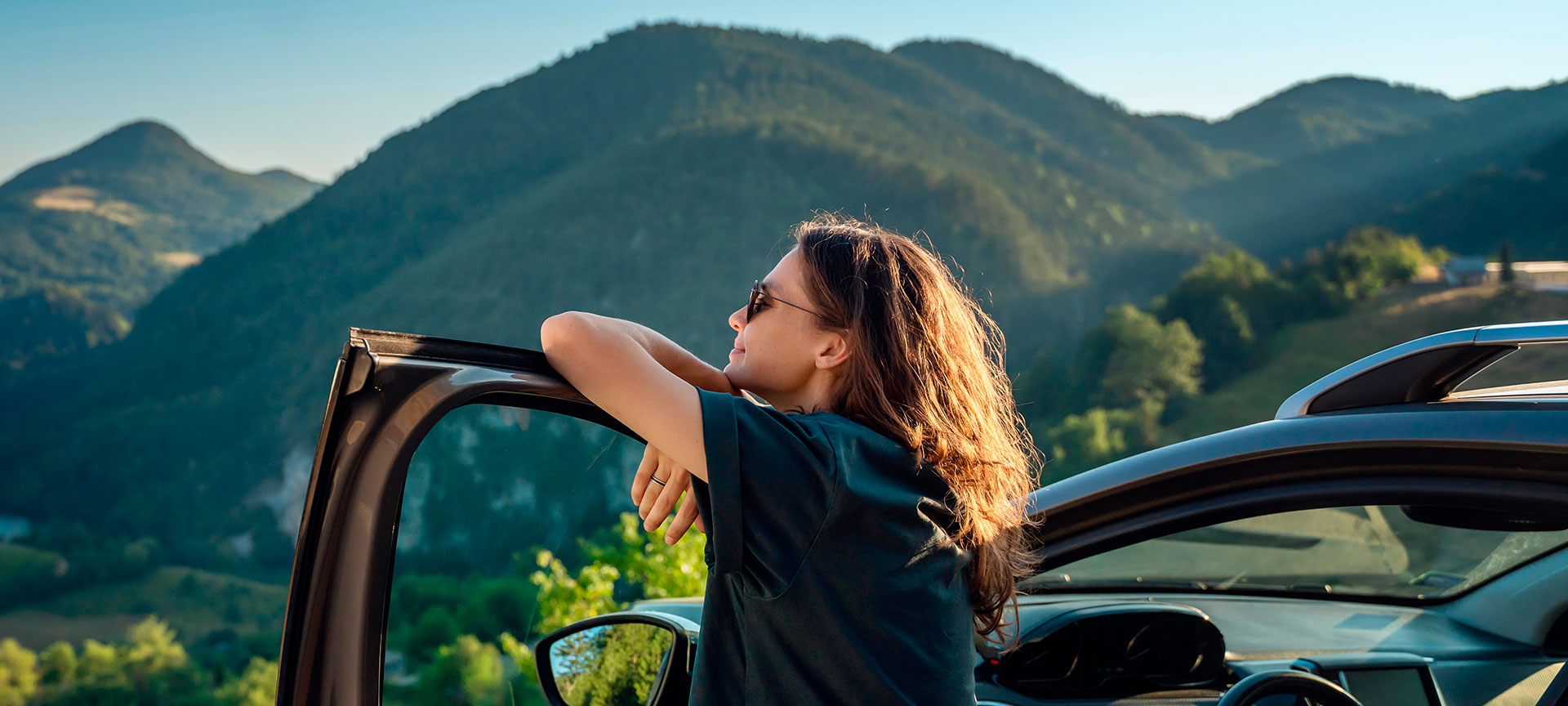
A sample of Spain's most iconic road trips
There is something special about road trips. Maybe the thrill of adventure. Or perhaps the feeling of freedom that comes from being able to go where the wind takes you, travelling roads at your own pace at any time of the year and visiting corners that you would otherwise not be able to access. If you are thinking about taking a road trip in Spain, we have a few ideas for discovering the most emblematic routes taking you to the brink of the abyss of the world. Explore routes to new experiences, without worrying about how far away they are.
-
Grand Tour of Catalonia
Did you know that there is a circular route that takes in most of Catalonia by car? The tour is inspired by the great European trips on which the young upper-class embarked upon in the 19th century, giving it its name: Grand Tour. As was the case in the past, if you decide to travel this route, the challenge before you will see you discover this part of northeastern Spain in the most comprehensive way possible by car. Specifically, there are two ways of taking in the more than 2,000 kilometres: On a single 13-day trip or in five sections of between five and seven stages each.The Grand Tour takes you closer to the figure of Gaudí in Barcelona, climbs Montserrat, tastes the region's famous Priorat wine, swims with Mediterranean red tuna, observes the stars in the Montsec mountain range, hikes among peaks soaring more than 3,000 metres above sea level in the Aigüestores and Estany Sant Maurici National Park, descends the river Noguera Pallaresa (one of the best whitewater rivers in Europe) or follows in Dalí's footsteps along the Costa Brava, taking in museums and dream coves along the way. The Grand Tour comes with its own app, a podcast and even a playlist to set the perfect backdrop. Ready for an adventure?
-
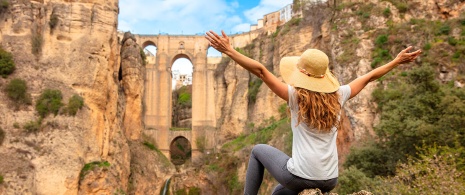
The White Villages Route
Prepare to be dazzled by the sheer whiteness of the “White Villages” of Andalusia. You will quickly realise that they receive this name from the whitewashed walls of the little houses whose silhouette stands out between the evergreen forests and the brown mountains. Although towns like this can be seen everywhere in Andalusia, the regions of Cádiz and Málaga are particularly known for them.Discovering them by car gives you different options. We have two routes prepared for you. The first route, approximately 100 kilometres, takes you between mountain roads to Ronda, Setenil de las Bodegas, Torre Alháquime, Olvera, Algodonales, Zahara, Grazalema, Benaocaz and Ubrique; crossing the beautiful landscapes of the Sierra de Grazalema Natural Park.The second route is approximately 250 kilometres and stops off in Alcalá de los Gazules, Medina-Sidonia, Arcos de la Frontera, Bornos, Ubrique, Casares, Jimena de la Frontera and Castellar de la Frontera. It also offers you the opportunity to discover Los Alcornocales Natural Park. Did you know that many of these towns contain the Spanish term “de la frontera” (meaning “on the border”) because centuries ago, these mountain ranges served as the border between the Arab and Christian worlds?Visitors often set up “base camp” in the beautiful city of Ronda, which has a history of attracting poets and artists.
-
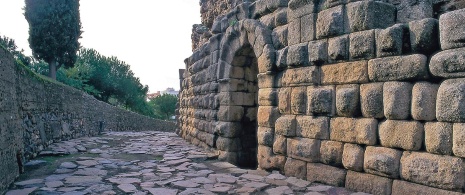
The Vía de la Plata (Silver Route)
Join us now on one of Spain's most legendary roads: the N-630. Just off the A66 highway, it traverses western Spain, from Seville to Gijón, almost 1,000 kilometres. Driving here is a veritable journey back in time, as the Vía de la Plata is one of the oldest roads in Spain and was an important communication route during the ancient Roman Empire. Along the way you will come across towns full of charm and character, as well as important cities with monuments declared World Heritage sites, such as Seville itself, Cáceres and Merida. This journey will take you from the landscapes of the Andalusian countryside to the infinite horizons of the Castilian plateau and the soaring peaks of the Cantabrian mountain range. We recommend you dedicate at least 20 days to this trip if you want to explore the entire area.This route is also perfect for those travelling by motorhome and especially by motorbikes, as it has hotels and restaurants specially adapted to the needs of bikers.Regardless of the means of transport you choose, you can get your very own Vía de la Plata passport, which you can stamp at the different stops and enjoy a variety of discounts
-
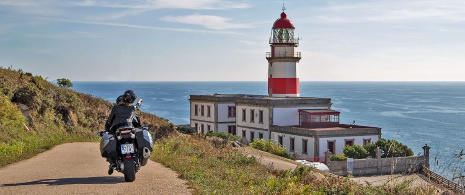
Costa da Morte
On the northwestern coast of Galicia (in the province of A Coruña) are the magical landscapes of A Costa da Morte. It is said that this name (the Coast of Death) can be attributed to the number of shipwrecks that occurred here during the typical storms that batter the coast. This area fascinates visitors to this day on account of its overwhelming beauty, but also for its legends and myths: since ancient, times this point, the western limit of Europe, was considered Finisterrae, World's End. Nowadays, it is the perfect place for an unforgettable trip of around 150 kilometres along local roads and to enjoy each sunset as the sun sinks into the Atlantic Ocean.On a route lasting at least three days, you can tour the area departing Buño to Fisterra. What awaits you on your trip? Seaside towns including Malpica, Laxe or Muxia, home to the Sanctuary of the Virxe da Barca and its famous miraculous stones.You can also witness the fury of the sea at capes including San Adrián, Vilán or Fisterra. The latter was the mythical spot where pilgrims on the Camino de Santiago came to burn their belongings. Here, you will find cultural attractions including Romanesque churches, the Castro da Cibdá or the famous Dombate dolmen to give you an idea of what life was like centuries ago. Don't miss the English cemetery either, named after those who died during the sinking of the English ship Serpent in 1880.Your trip will immerse you in traditions including the production of the famous bobbin lace that is made in Camariñas or the hard work of the “percebeiros”.The Costa da Morte is bound to captivate you with a kind of mysterious force.
-
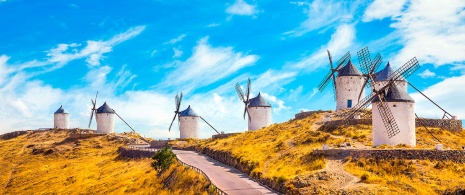
Ruta del Quixote route through Castile-La Mancha
Immerse yourself on a journey that will not only take you along roads that disappear on to the horizon of the Castile-La Mancha plateau, but also through the pages of one of the best-known works of universal literature: “Don Quixote of la Mancha”. Miguel de Cervantes set the scenes of this work in this area of Spain, today one of the most pastoral landscapes in the country to explore by car.There are several routes you can take with different variations. One of them, lasting approximately 400 kilometres, will take you from Toledo to Villanueva de los Infantes, making several stops along the way. The city of Toledo alone is worth a full day of travel on its own, as it is home to one of the biggest monumental old quarters in Europe declared World Heritage. Next comes a series of towns including Consuegra, Alcázar de San Juan and Campo de Criptana; home to the most memorable image of La Mancha: the windmills whose blades reach up into the sky, which Don Quixote confused with giants. No matter how many times you have seen these windmills in photographs, we guarantee that seeing them in person is a completely different experience, especially at sunset.Don Quixote will remain a constant presence on your trip, taking you to El Toboso (home to the House of Dulcinea), Argamasilla de Alba (where it is said Cervantes began writing this work), Almagro and its famous Corral de Comedias and Villanueva de los Infantes (a destination which is said to be the turning point in history). On your travels, you can also get stop off at surprising natural spaces such as the Lagunas de Ruidera Nature Reserve or the Las Tablas de Daimiel National Park.
These are just a few of the incredible road trips that Spain has to offer. However, there are plenty of other incredible trips: Picos de Europa in Asturias, Jerte valley, the Pyrenees of Navarra and the Bardenas, Basque Country Grand Tour, Pyrenees and Ordesa in Aragón, Costa Blanca or Teide National Park in the centre of Tenerife.
Travel plans for inspiring you


